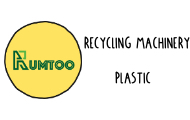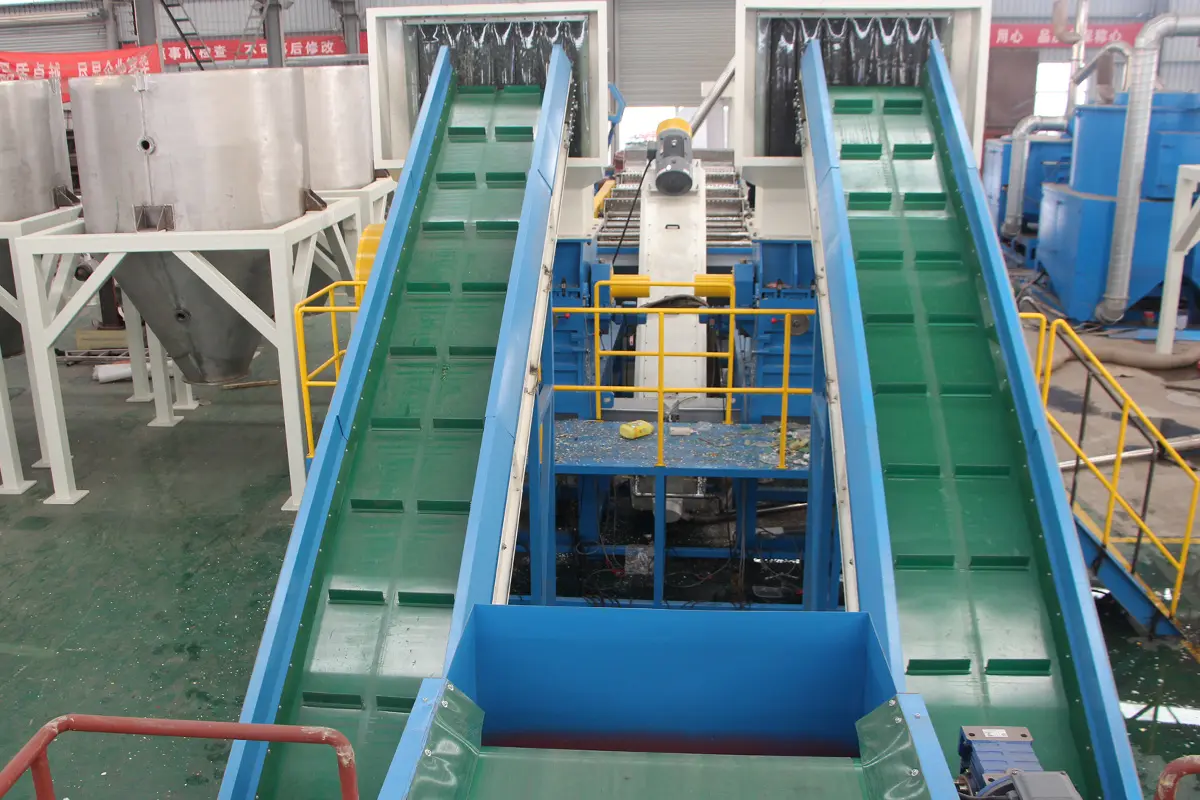Descripción
Introducción:
Las cintas transportadoras son el caballo de batalla de numerosos sectores industriales, ya que facilitan el transporte de materiales a distintas distancias con el mínimo esfuerzo. Diseñados para un funcionamiento continuo, estos robustos sistemas contribuyen significativamente a agilizar el flujo de trabajo y a reducir los costes operativos.
Mecanismo operativo: Un transportador de banda consiste en un bucle de banda continuo que se desplaza entre rodillos accionados por un motor eléctrico.1El mecanismo central consta de una polea de cabeza acoplada al motor, que impulsa el transportador, y una polea de cola en el extremo de carga, que ayuda a tensar la cinta. La cinta del transportador está sostenida a lo largo de su longitud por rodillos tensores que evitan que se combe y ayudan a alinear la cinta.1.
Componentes clave:
- Polea de cabeza:Acciona el transportador tirando de la correa, ubicada en el extremo de descarga.
- Polea de cola:Ubicado en el extremo de carga, ayuda a tensar la correa.
- Rodillos tensores:Sostenga la correa y la carga, evite que se combe y alinee la correa.
- Cinta transportadora:La columna vertebral del sistema, diseñada para soportar impactos de carga y proporcionar la resistencia a la tracción necesaria.1.
Consideraciones sobre el material: La elección del material de la correa es crucial, ya que afecta la longevidad y el rendimiento del sistema. Los materiales más comunes incluyen polímeros, caucho y telas como nailon o poliéster, adaptados a la aplicación industrial específica. Por ejemplo, las correas de caucho son las preferidas en los sectores de minería y molienda debido a su capacidad para manipular materiales a granel.2.
Variedades de transportadores de banda:
- Transportador de banda con lecho de rodillos:Ideal tanto para viajes de corta como de larga distancia, cuenta con una superficie de rodillos debajo de la correa que minimiza la flacidez.3.
- Transportadores de banda modulares:Adecuados para aplicaciones que requieren configuraciones de ancho poco ortodoxas, estos transportadores no son metálicos, son fáciles de limpiar y porosos para gases y líquidos, lo que los hace ideales para el manejo de alimentos y fluidos.4.
Aplicaciones:
La versatilidad de los transportadores de banda se extiende a numerosas industrias:
- Manipulación de alimentos:Especialmente con transportadores de banda modulares, que son fáciles de limpiar y ajustar para el drenaje o retención de fluidos.5.
- Minería y molienda:Utilización de correas de caucho para transportar mineral en bruto y agregados.
- Tiendas de comestibles:A menudo se utilizan correas de PVC para manipular una variedad de productos.
Conclusión:
Las cintas transportadoras son un componente esencial en diversos ámbitos industriales, ya que garantizan un funcionamiento fluido, continuo y rentable. Su adaptabilidad a diversas necesidades operativas subraya su importancia para optimizar los procesos de manipulación de materiales. Al elegir el sistema de transporte adecuado, las industrias pueden mejorar significativamente su eficiencia operativa y su productividad.
Mediante una comprensión meticulosa de los diferentes transportadores de banda y sus principios operativos, las industrias pueden tomar decisiones informadas, garantizando que el sistema elegido se alinee bien con sus requisitos operativos y objetivos a largo plazo.
GARANTÍA
Todas las máquinas de reciclaje tienen una garantía limitada de 1 año.
CONSULTAS
Para conocer los últimos precios y plazos de entrega, envíenos un mensaje mediante el siguiente formulario.

 Maquinaria Rumtoo
Maquinaria Rumtoo Pregunte ahora
Pregunte ahora 
